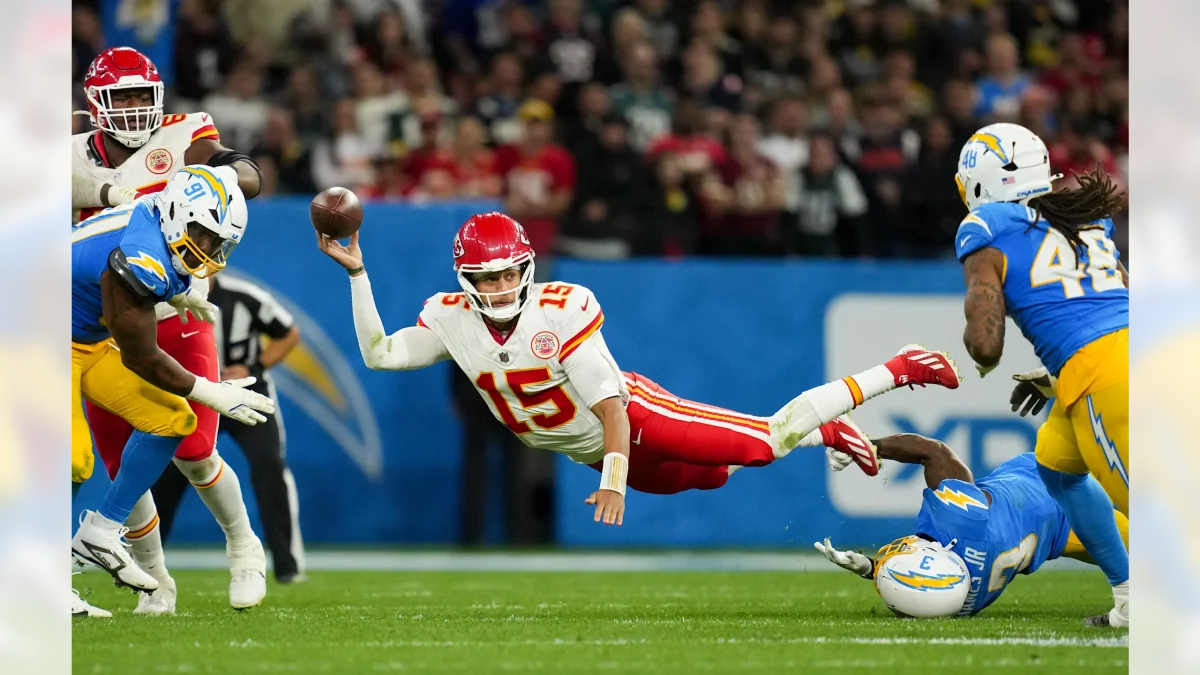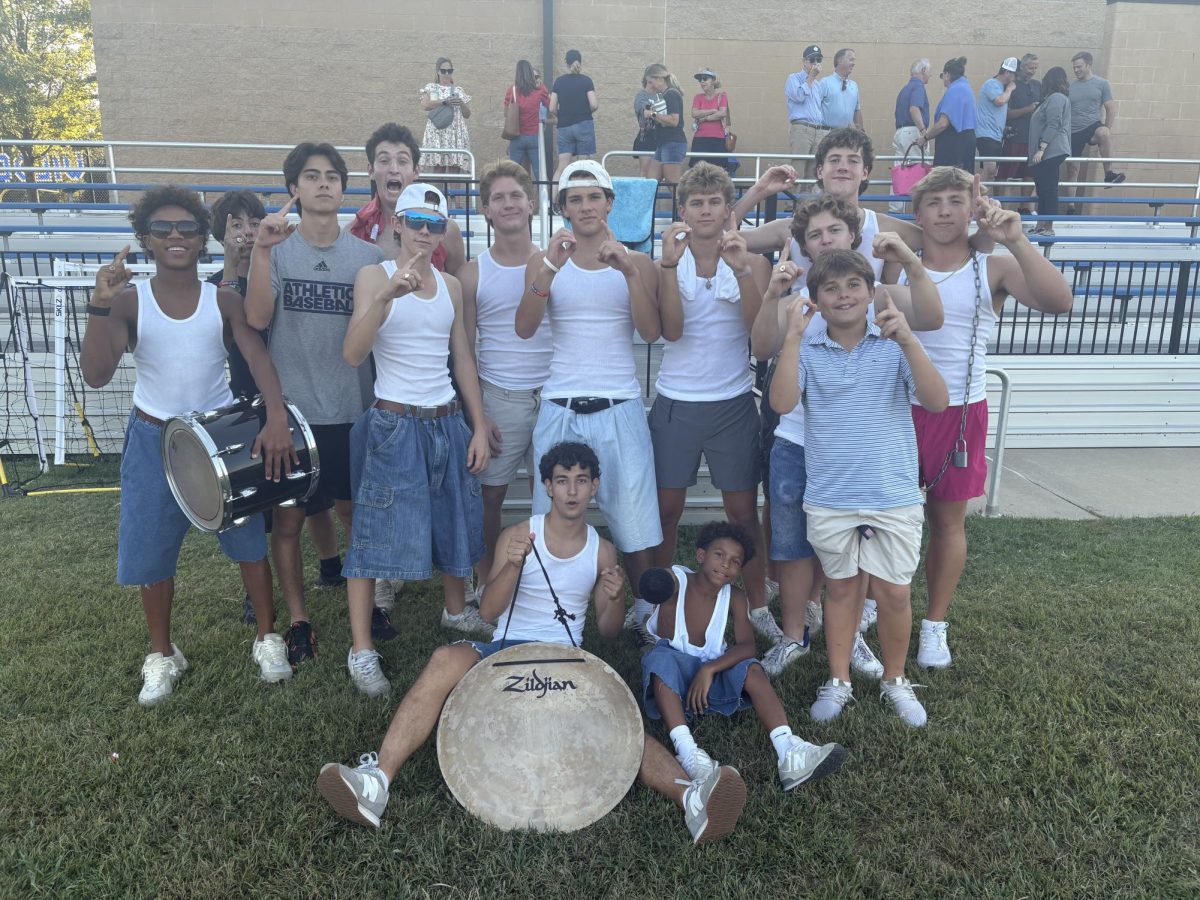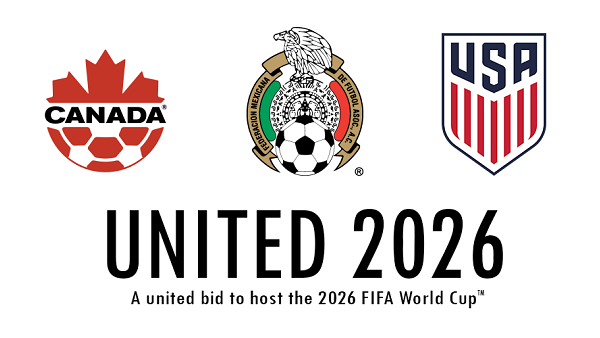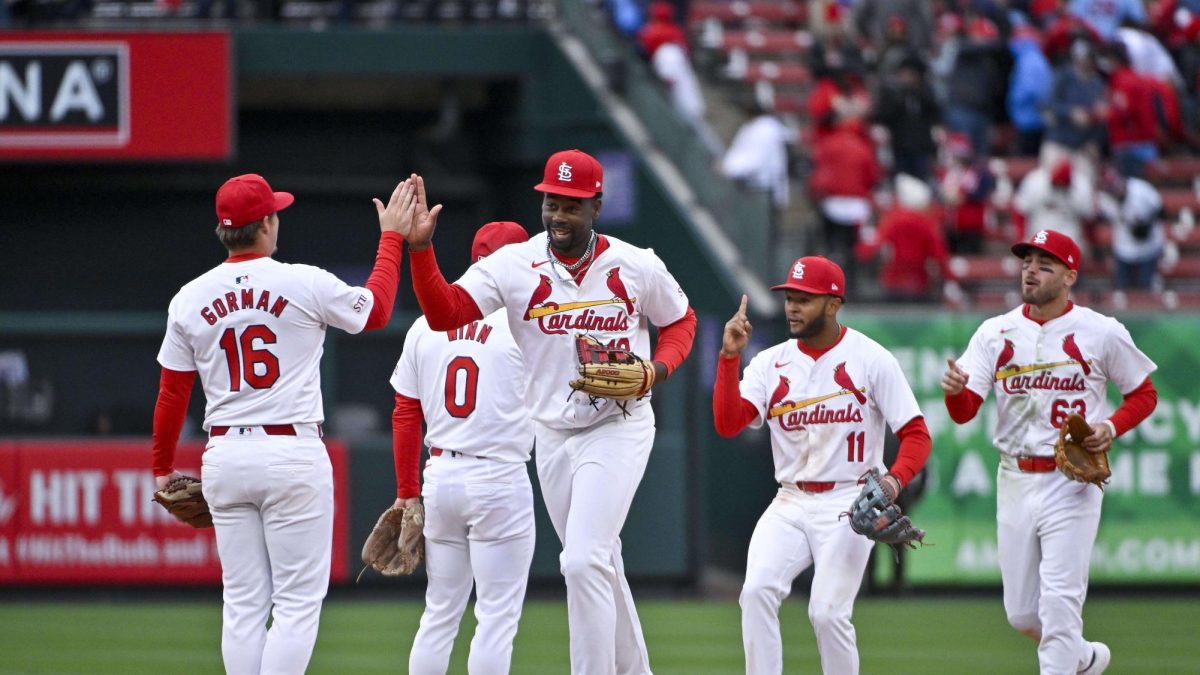Since NIL’s (Name, Image, and Likeness) implementation into NCAA athletics, it has been nothing but a catalyst for controversy. On the one hand, players are finally being rewarded for the millions of dollars they generate for their schools, and are able to support themselves after their college tenure. On the other hand, money has completely taken over the government of the game, with big players at small schools gravitating towards schools that can give them “what they’re worth.” This trend is becoming ever more present in collegiate athletics, and was showcased in this year’s March Madness tournament.
One point of controversy in this year’s tournament was the rather “predictability” of the games. In the Elite Eight, the highest seeded team was four seed Purdue, and in the Final Four, all teams were the 1 seed of their respective region. For the sport, this is a huge positive, as the NCAA board successfully picked the 4 teams most deserving of the Final Four. But for the fans, they view it as a step down from what they believe March Madness should be: the incredible underdog stories, the wild last second buzzer beaters, and the Cinderella stories of often overlooked colleges. This has caused many fans to look for something to blame for the “fall of college basketball,” and where better to turn than the use of NIL.
NIL across all collegiate sports has been used predominantly to pool the best talent in the world and outbid other colleges. For a sport like hockey where height and size isn’t really an issue, colleges will look mostly for young players who are bursting at the seams with talent and promise. This causes D1 hockey teams to be full of young talent every year, replacing the older talent of the past. But for basketball, the process is quite the opposite. In the latest trend for College Basketball recruitment, talented young players will go to smaller colleges to learn the game and get a feel for college basketball, often excelling at the lower level of play. Then, once they have reached their “peak,” they enter the transfer portal and look for as much money as they can at a D1 program. This trend has become exponentially more prevalent in recent years, as seen in the graphic shown below. Elite 8 teams and where their players originated.
As shown, Alabama, Florida and Texas Tech are completely unrecognizable without their logo above. It’s also important to note the schools these young talents are coming from. Though the D1 programs at schools like Illinois and Virginia aren’t necessarily under funded programs, they have a wide range of competitive athletics, causing them to have to disperse NIL money equally. But for programs like Uconn and Florida where the majority of their funding is funneled into 2-3 sports, they have a lot more money to focus on recruitment.
Not only is this trend making it harder for lesser-funded programs to succeed, but it is also teaching these young players to play for individuality rather than unity. As social media becomes ever more popular in our society, specifically our sports world, young players will always cater towards making a “highlight reel,” and try to showcase their best moves for coaches around the country. This aspect takes away from playing a team game, and teaches young athletes to go for the money shot rather than passing to a wide open guy. Sure there will always be a best player on the court, but as seen in recent success stories (2023 & 2024 Uconn), the most close-knit team is usually the most dominant.
Looking at NIL as a whole, there are a lot of negatives and positives that differing sides like to focus on when arguing about it. One major point people against NIL like to bring up is the so-called “Death of College Basketball” and the absence of a Cinderella story in this year’s playoffs. But if there was a Cinderella story every year, it would lose its magical connotation, completely missing the point of what makes a Cinderella story. In my opinion, a Cinderella story is once in a blue moon, something that seems so far-fetched nobody could ever predict it, and that’s where March Madness gets its name.





